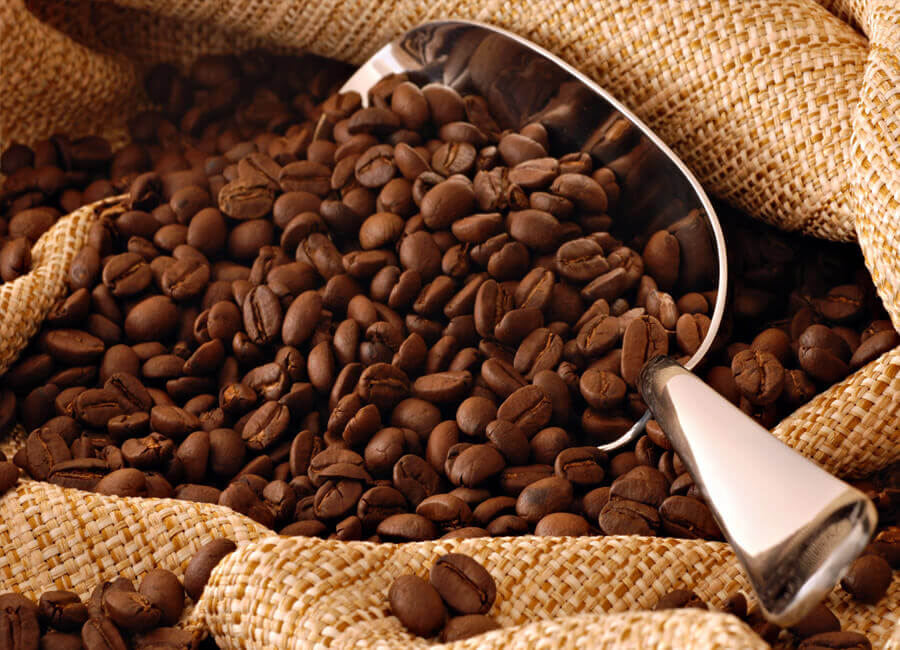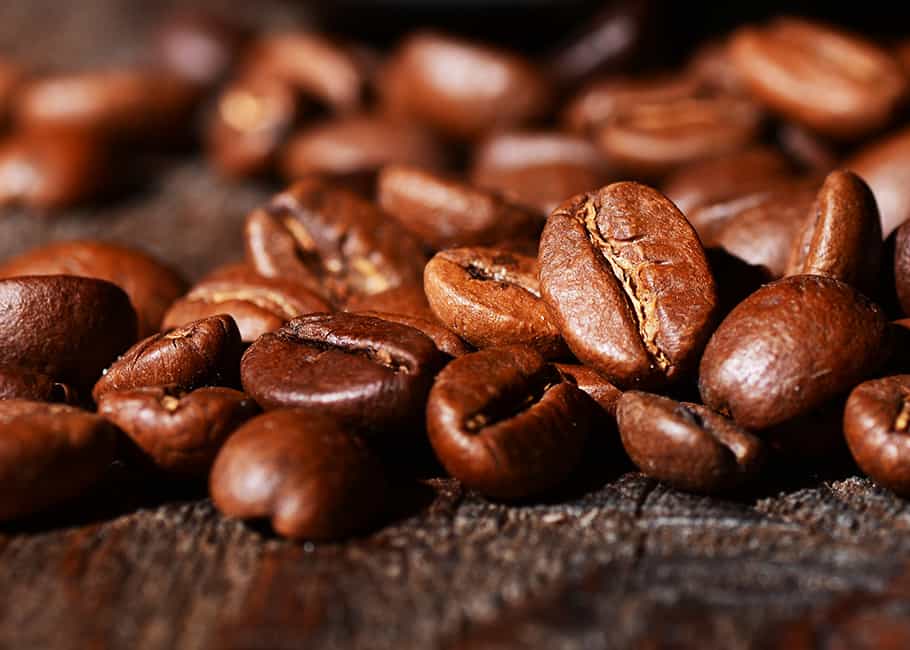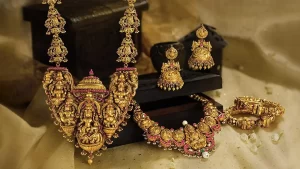
Introduction about coffee beans
You are all aware of people who love tea, but many love coffee because it is considered one of the items selected as the royal’s drink. The literal meaning of the royal’s drink is that rich people in society love to drink coffee more. It is not for rich people only; there are many cafes for your coffee needs. Coffee comes from a seed of the Coffee plant called a coffee bean. It is the pip that lies within the reddish or purple fruit, which is also known as a coffee cherry. Like regular cherries, the coffee fruit is also referred to as stone fruit. Despite not technically being beans, they are referred to as such due to their similarity to real beans.
Best beans to be explored
The sound most of the time, cherries or berries have two stones with their flat sides together. A single seed, as opposed to the usual two, is found in a small percentage of cherries. The term for this is “peaberry.” The peaberry only occurs between 10 and 15 percent of the time, and it is a fairly standard (but unproven) belief that they have more flavor than regular coffee seeds. Coffee beans, like white rice and Brazil nuts, are mostly endosperm.

Countries rich in coffee plants
The Arabica and the Robusta coffee plants are the two varieties with the most significant economic significance; Around 40% of the world’s coffee is Robusta, while approximately 60% is Arabica. Robusta beans have between 1.7% and 4.0% caffeine, while Arabica beans have between 0.8% and 1.4% caffeine. Coffee beans are a significant cash crop and an important export product because they are one of the world’s most widely consumed beverages. They account for more than half of the foreign exchange earnings of some developing nations. Because of this, coffee has become a significant part of food and culture everywhere. 70% of all coffee produced in 2017 was exported, earning US$19.9 billion.
How is the processing of coffee beans performed?
Coffee berries are primarily processed in two ways. Historically, the first process, also known as the “wet” or “washed” process, has typically been carried out in parts of Africa and Central America. After the cherries’ seeds are separated from their flesh, the seeds are fermented by being soaked in water for approximately two days. Mucilage, a sticky pulp residue still attached to the seeds, becomes softer. After that, water is used to remove this mucilage.
Techniques used
The “dry handling” technique, less expensive and more accessible, was generally utilized for lower-quality beans in Brazil and a lot of Africa, yet presently brings a premium when gotten along admirably. After the berries are separated from the twigs and other foreign objects, they are laid out in the sun for two to three weeks on concrete, bricks, or raised beds, turning them frequently to ensure even drying.






